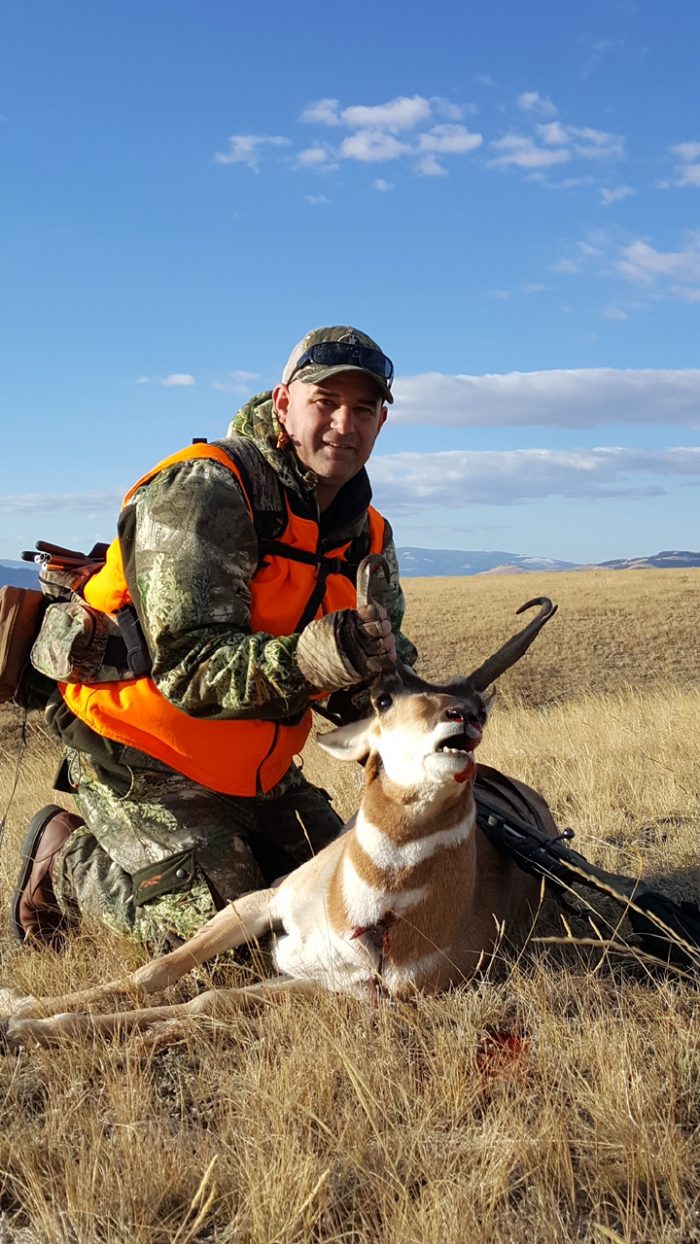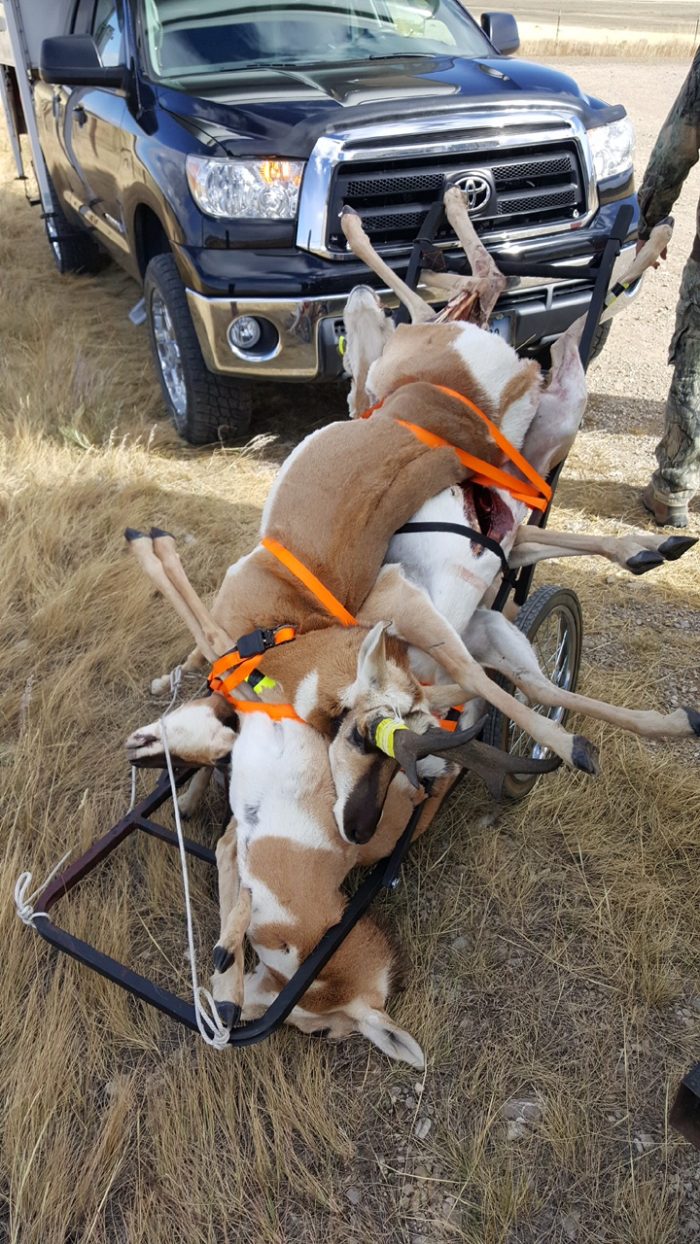 Antelope hunting is an annual, western, hunting tradition. “Speedgoats, Stinkgoats, or Lopes” are all names for a critter that is the last survivor of an ancient deer species. The Lewis and Clark expedition made the first documentation of this native North American critter.
Antelope hunting is an annual, western, hunting tradition. “Speedgoats, Stinkgoats, or Lopes” are all names for a critter that is the last survivor of an ancient deer species. The Lewis and Clark expedition made the first documentation of this native North American critter.
Much of Montana requires a lottery permit to access vast areas of public land. Eastern Montana tags are more easily obtainable. A second Doe tag is also available in some areas. Check out the regulations before heading afield.
Antelope hunters often practice long range shooting, close in bowhunting, or stalking. Opening day can be crowded but hunting is productive throughout the season. Antelope are not leapers and will only crawl under fences. These crossings and water holes are great places to set up a blind.
A normal antelope hunting day allows you to see distance groups of “lopes” all day long. Anticipating their path of travel, or putting the sneak on them requires skill and patience. Antelope can be seen at great distances due to their white rump hairs. They can straighten their hollow hair to eliminate excess heat, or lay their hairs flat to gain warmth.
Eyes are positioned so that Lopes can see 320 degrees. This field of view helps them to survive for 7-10 years. These fast critters can reach speeds of 60 mph! Only a Cheetah is faster.
 “Horns” are a combination of hair and keratin. They are not antlers. Antelope horns sport the only forked horns in nature. A horn sheath is annually shed and a new one begins to grow over the bony core on both bucks and does.
“Horns” are a combination of hair and keratin. They are not antlers. Antelope horns sport the only forked horns in nature. A horn sheath is annually shed and a new one begins to grow over the bony core on both bucks and does.
Antelope eat many toxic plants that are harmful to domestic farm animals. They also target available grasses and low crops. Primary antelope predators are coyotes and humans. Disease and weather can also impact herds dramatically.
Once the Lope is down, it is important to dress it and allow cooling to begin. Dragging a dead critter will quickly remove the softer hair. A cart is perfect for transporting harvested critters from the field. Each antelope weighs 80-120 lbs.
Hunting friends Mike and Shawn hunt “Lopes” annually. Antelope make for great eating. This year’s hunt began at sunrise, with a couple of mile hike to the antelope grounds. A game cart is pulled along and stashed along a fence row until needed. Usually, tags are filled by noon. 25-06 and flat shooting calibers work well. Rifle shots are usually 150-400 yards.
Now the work begins. A “Cart e Lopes” is hard to navigate across open prairie. Team carting makes the work easier. Tags must be attached immediately upon reaching the downed animal. Wardens typically set up roadside check stations to examine harvests and licenses.
Once back to the truck, with a “Cart e Lopes”, the beverage is a little colder, hunters are a little happier, and the meat will provide food over the upcoming long winter.
Hunt honest, safe, and often!
Montana Grant
For more Montana Grant, visit his blog at www.montanagrantfishing.com.
